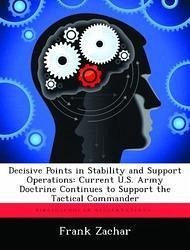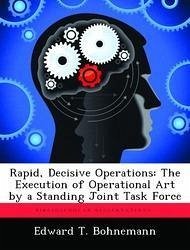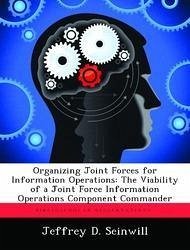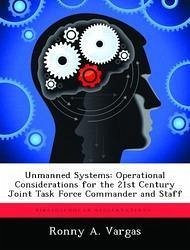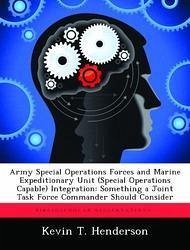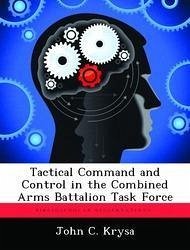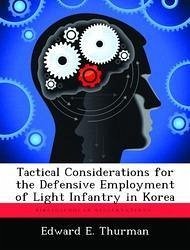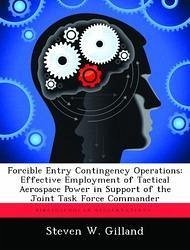
Forcible Entry Contingency Operations: Effective Employment of Tactical Aerospace Power in Support of the Joint Task Force Commander
Versandkostenfrei!
Versandfertig in über 4 Wochen
52,99 €
inkl. MwSt.

PAYBACK Punkte
26 °P sammeln!
This research paper examines the effective employment of tactical airpower in support of forcible entry contingency operations. Forcible entry operations are critical to the United States military's success in future conflicts. Future threats will require the U.S. military to project power into isolated objective areas through the use of rapid deployment and the use of a tailored forcible entry force package. Many of our current OPLAN's require the seizure of an airfield or beachhead as an initial objective to serve as a lodgment area for follow on forces. The success of the small-scale contin...
This research paper examines the effective employment of tactical airpower in support of forcible entry contingency operations. Forcible entry operations are critical to the United States military's success in future conflicts. Future threats will require the U.S. military to project power into isolated objective areas through the use of rapid deployment and the use of a tailored forcible entry force package. Many of our current OPLAN's require the seizure of an airfield or beachhead as an initial objective to serve as a lodgment area for follow on forces. The success of the small-scale contingency operation rests largely on the successful seizure of the lodgment. The thesis analyzes three historical cases of forcible entry operations. Operation Urgent Fury (Grenada, 1983), Operation Just Cause (Panama, 1989), and Operation Restore Hope (Somalia, 1992) are examples of forcible entry contingency operations, which introduce combat power into an objective area through the successful seizure of a lodgment.



